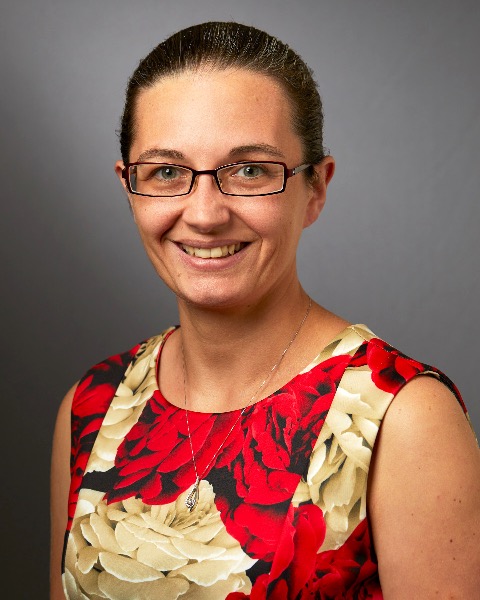Melanoma
Applied Research
41: Elucidating the tumor microenvironment in desmoplastic melanoma using digital spatial profiling

james clune, MD
Plastics Surgeon
Yale New Haven Hospital
New Haven, Connecticut, United States- DS
David g. Su, 1144849480
General Surgery Resident
Yale New Haven Hospital
New Haven, Connecticut, United States - DS
David Schoenfeld, M.D. Ph.D.
Medical Oncologist
Yale New Haven Hospital
New Haven, Connecticut, United States - WI
Wael Ibrahim, M.D.
Dermatopathology Fellow
Yale New Haven Hospital, United States - RC
Raysa Cabrejo, M.D.
Resident
Dartmouth Hitchcock Medical Center, United States - DR
David Rimm, M.D. Ph.D.
Pathologist
Yale New Haven Hospital, United States - sK
sajid Khan, M.D.
Surgical Oncologist
Yale New Haven Hospital
New Haven, Connecticut, United States - hK
harriet Kluger, M.D.
Medical Oncologist
Yale New Haven Hospital, United States 
Kelly Olino, MD (she/her/hers)
Assistant Professor
Yale School of Medicine, Department of Surgery
New Haven, Connecticut, United States- ag
anjela galan, M.D.
Pathologist
Yale New Haven Hospital, United States
Abstract Presenter(s)
Author(s)
Author(s)
Desmoplastic melanoma (DM) is a rare melanoma subtype characterized by dense fibrous stroma, a propensity for local recurrence, and a high response rate to anti-PD-1 blockade. Rates of occult sentinel lymph node positivity vary drastically between its two distinct histological subtypes, pure and mixed, underscoring the need for better prognostic biomarkers to inform therapeutic strategies.
Methods: Here, we assembled a tissue microarray comprising various sections of tumor, stroma, and lymphoid aggregates from 45 patients with histologically confirmed DM from 1989 to 2018. Using a panel of 62 validated immune-oncology markers, we performed digital spatial profiling using the Nanostring GeoMx platform and quantified regions by three tissue compartments defined by fluorescence colocalization [tumor (S100+/PMEL+), leukocytes (CD45+), and nonimmune stroma (S100-/PMEL-/CD45-/SYTO+)].
Results:
We observed higher CAF markers (SMA) and immune checkpoint markers (LAG-3 and CTLA-4) in pure DMs than mixed DMs. (Figure 1) When comparing lymphoid aggregates (LA) to non-LA tumor cores, LA were more enriched with CD20+ B-cells, but non-LA intratumoral leukocytes were more enriched with macrophage markers (CD163, CD68, CD14) and had higher LAG-3 and CTLA-4 expression levels. (Figure 2-3) Lower intratumoral PD-1 and LA-based CTLA-4 and LAG-3 appear to be associated with longer survival. (Figure 4)
Conclusions: Our proteomic analysis reveals an intra-tumoral population of SMA+ CAFs enriched in pure DM. Lymphoid aggregates exhibit an immune milieu distinct from intratumoral leukocytes. Our findings might have therapeutic implications and guide treatment selection in addition to informing potential prognostic significance.
Learning Objectives:
- Differentiate between pure and mixed Desmoplastic Melanoma (DM) subtypes, facilitating tailored treatment decisions based on histological characteristics.
- Be proficient in understanding the composition and significance of immune cells (e.g., B-cells, macrophages) and immune checkpoint markers (PD-1, CTLA-4, LAG-3) within the DM immune microenvironment.
- Interpret proteomic analysis findings in DM, particularly comprehending the relevance of SMA+ CAFs, distinctive immune milieus in lymphoid aggregates, and the association of intratumoral immune markers with patient survival.
